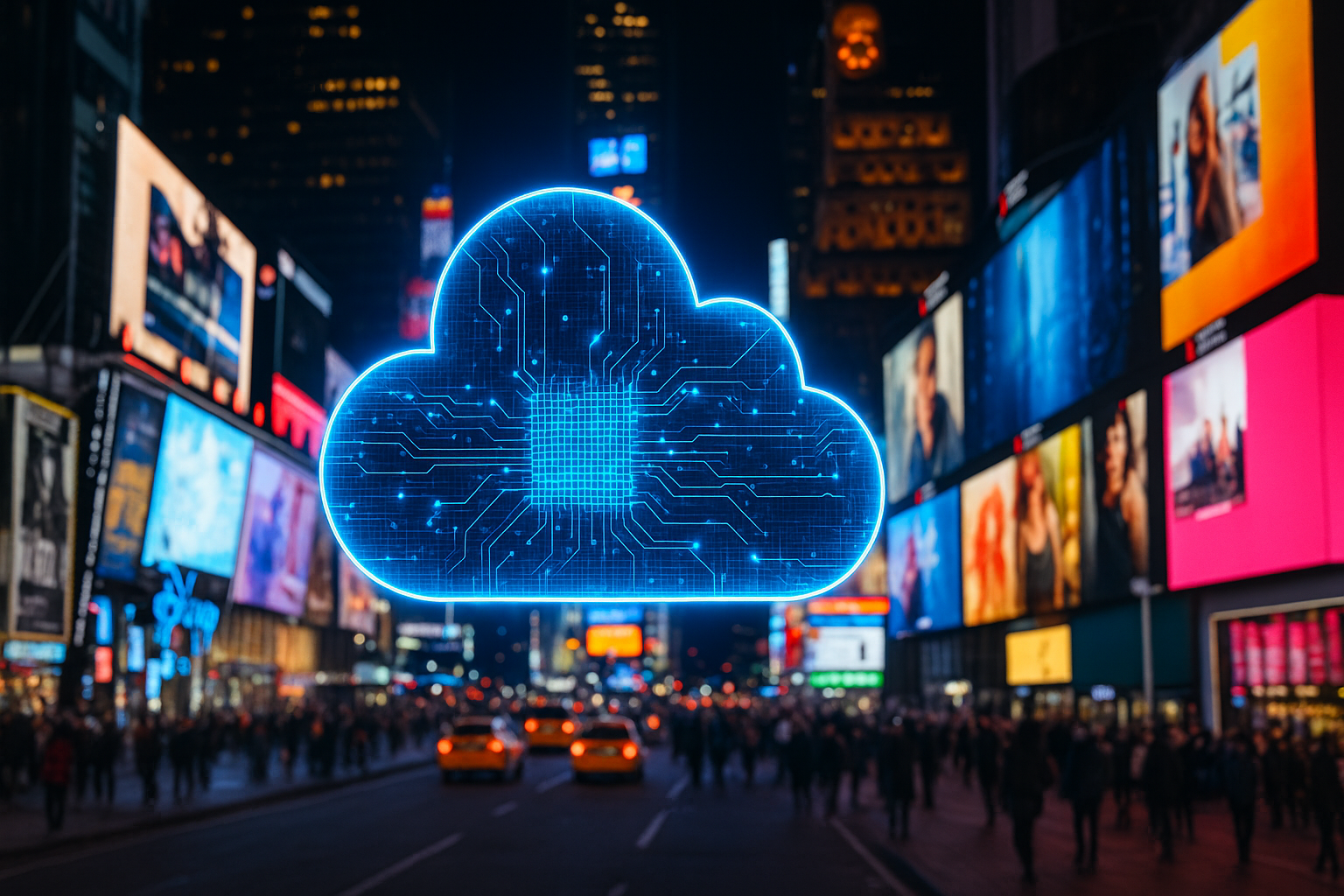
Why Half the Internet Seemed to Break Last Monday

Is AWS Northern Virginia the Times Square of the Cloud?
Last Monday, our favorite apps and critical tools suddenly stopped working; it felt like half the internet broke. Popular social media platforms like Snapchat and Reddit, streaming giants like Hulu and Netflix, and even financial apps like Coinbase and Robinhood were sluggish or completely offline.
The disruption didn't stop there. It hit gaming platforms like Fortnite, airlines like United and Delta, and essential educational platforms like Canvas.
The common thread? A significant service degradation in Amazon Web Services' (AWS) US East (Northern Virginia) region, also known as us-east-1.
This single-region event, causing such a massive, cascading failure across the digital landscape, begs the question: Is AWS N. Virginia the "Times Square of the Cloud"?
All signs point to yes.
The Allure and The Risk of the “Cloud’s Times Square”
Times Square, NYC, is the ultimate central hub—massive, busy, and the first place you go to launch a global brand. US East (N. Virginia) holds that same iconic status in the world of cloud computing, for three compelling reasons:
- The Original and the Largest: It was the first AWS region ever launched. Its long history means it boasts the largest infrastructure footprint and the broadest capacity, making it a reliable source for on-demand compute resources.
- The Default Setting: For years, it served as the default region for new AWS accounts, tools, and tutorials. The "path of least resistance" naturally funneled a vast number of services and core global infrastructure components to this location.
- The First to Innovate: It often receives new AWS features, service updates, and bleeding-edge cloud tools before any other region. If you want the latest toy, you go to N. Virginia first.
The problem, as we saw last Monday, is what happens when this central hub experiences a problem. A traffic jam in Times Square can gridlock Manhattan; a service degradation in us-east-1 can gridlock the internet.
Because so many services—including foundational ones that other applications depend on—are heavily concentrated in this single region, its "blast radius" is enormous. The outage wasn't contained to one industry. It simultaneously broke social platforms, financial systems, streaming services, and logistics. This concentration risk is the digital equivalent of building all your critical infrastructure on a single fault line.
A Practical Recommendation: Beyond N. Virginia
For software engineers and DevOps professionals, this incident is a powerful and practical reminder: architecture must prioritize resilience. The advantages of us-east-1 are clear, but last week proved that relying on it as a single point of failure is a high-risk strategy.
This is an excellent opportunity to review your own deployment strategies. While not every application requires a complex, active-active multi-region setup, every critical application deserves a thoughtful discussion about regional diversification.
At Gate 39, we saw this principle play out firsthand. During last Monday’s AWS disruption, most of our clients experienced zero downtime thanks to the resilient architecture our DevOps team builds into every deployment.
We consistently apply best practices such as:
- Re-evaluate Default Settings: Make a conscious choice about where you deploy new resources. Don't just use the default.
- Consider Latency: Deploying resources in regions closer to your end-users (like US West, or regions in Europe or Asia) can improve performance and distribute your risk.
- Plan for Disaster Recovery (DR): At a minimum, have a well-tested plan to fail over to another region if your primary one becomes unavailable.
- Explore Multi-Region Architecture: For your most critical workloads, investigate multi-region strategies. The cost and complexity may be justified by the resilience it provides.
- Deploy Multiple Availability Zones (AZs): Our clients’ applications run across isolated data centers, so if one AZ experiences issues, a standby instance can take over automatically. We deploying multiple availability zones (AZs) within each region, so if one AZ experiences issues, a standby instance can take over automatically.
These strategies—especially our multi-AZ deployments inside us-east-1—are why our clients stayed online even as much of the internet faltered.
Moving Forward
US East (N. Virginia) will almost certainly remain the "Times Square of the Cloud"—it's busy, vital, and a center of innovation. But as professional builders of the digital world, our job is to design systems that can handle a "bad day in Times Square" without bringing our services to a halt.
Let's use this event as a catalyst to build smarter, more resilient, and more geographically distributed systems.
At Gate 39, we specialize in full-stack cloud management—from architecture and migration to ongoing monitoring and incident resolution. With the US-East-1 region outage fresh in everyone’s mind, now is the time to design resilience, not just uptime.
Visit our AWS Managed Cloud Services page to learn more about how we can help, or schedule a consultation with our team.
You might also be interested in:
- A View from the Cloud Part 1: Amazon Web Services
- 3 Basic Cybersecurity Tools to Keep Your Business Safe
- The Future is Here: How AI is Reshaping Software Development
Editor’s Picks
Is AWS Northern Virginia the Times Square of the Cloud?


Connect with us to discover how we can help your business grow.
.jpg)
